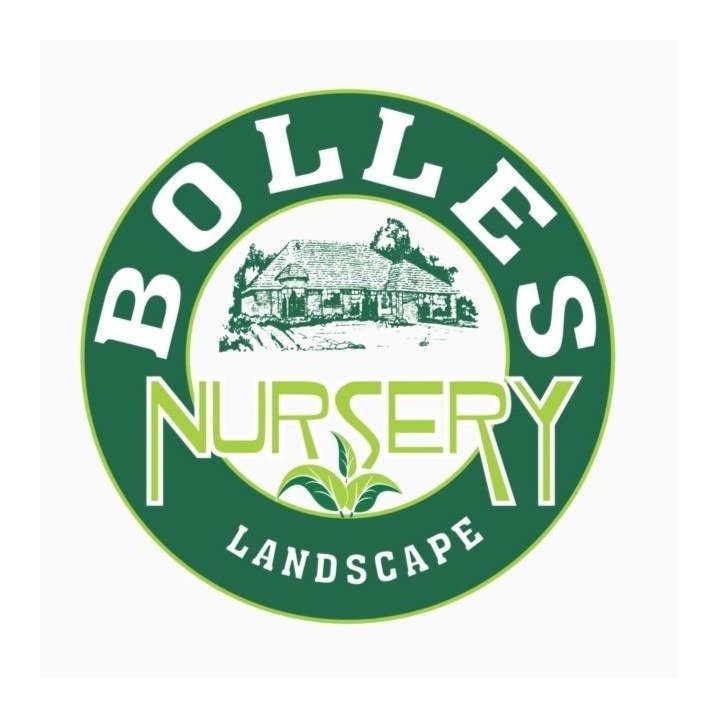Planting instructions:
Plant it right the first time
"plant it high it won't die, Plant it low it won't grow!"
BEFORE YOU PLANT:
It is important to select the proper plant for your site.
Consider the amount of space available for the plant (both now and when full grown) the amount of sunlight it will receive, and the type of soil needed.
Plants should be taken straight home and not left to languish in a hot or below freezing vehicle. If possible, plant as soon as possible as soon as you get it home, otherwise it my dry out and become injured. If you are not able to plant immediately, place in a shady location and keep the soil moist until planted. Remember plants are living things and require care. In addition, plants left in nursery container are not covered under our guarantee.
Planting can be done anytime the soil is not frozen, if the soil is kept moist and kept sufficiently watered. Be sure every plant is watered well before planting. Never plant a plant that soil is dry. Our native soils have little to no nutrients and your plants will benefit greatly by adding organic amendments, we recommend Gromulch, Harvest Supreme, or the Garden and Bloom soil building compost for everything you plant. Mix at a ratio of about 30% mulch & 70% native soil.
PLANTING AND ENRICHING YOUR SOIL:
Dig a hole at least twice as wide as the root ball and deep enough that the top of the root ball is above existing soil level.
Remember: plant it high it won't die, plant it low it won't grow.
Remove plant from container, loosen the sides of the planting hole with a spading fork or similar tool. Place plant in hole, making sure root ball is above soil line. Backfill hole with amended soil tamping soil down around root ball. When hole is about half filled straighten plant carefully then add more soil until hole is filled to existing soil line, again tamp down soil around the edges, not the root ball, use excess soil to build a basin the same size as the plants root ball, water well. The basin will act as a saucer and allow water to stay at the root zone.
STAKING:
We recommend all standard trees and shrubs be double staked.
WATERING:
Water well with a water hose when the top two to three inches of the plant's roots have started to dry. Sprinklers will not water a new plants root well enough. Watch for signs of over or underwatering: Yellowing from the inside out is usually too much water, brown and crunchy from the top down is usually not enough.
Overwatering does not occur from watering excessively at one time it happens from the roots staying too wet, so it is important to monitor soil moisture regularly for the first two growing seasons.
If you plant starts to decline, please bring in pictures and leaf samples so we can assess and help you fix what's going on.
MULCHING:
Add a 2-inch layer of mulch around the plant to retain moisture and prevent weeds. Keep mulch about 10 to 12 inches from trunk.
DRAINAGE:
If your soil does not drain adequately a dry well might be necessary.
A drywell is a vertical underground system filled with ¾ inch crusher rock, so water drains away from the plants root system. Most plant don't like wet feet, proper drainage is a must!


